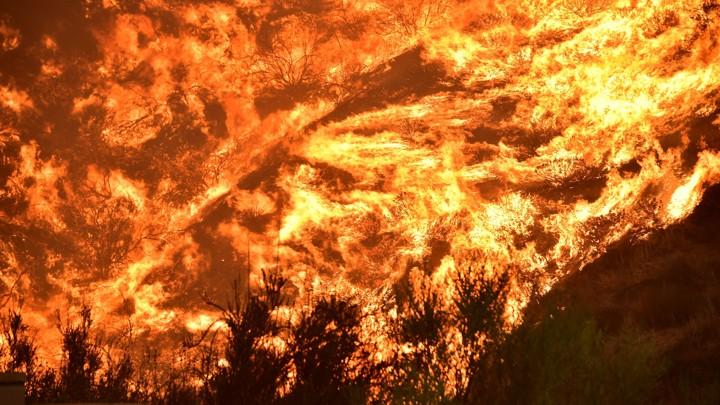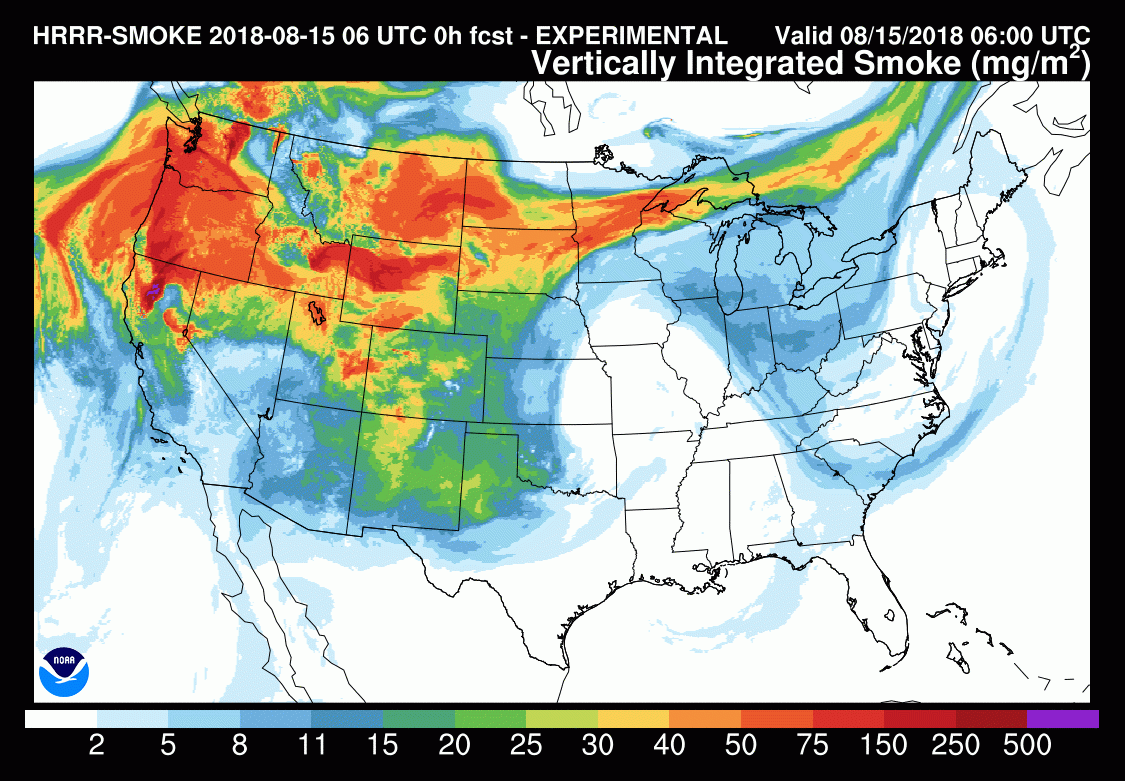
Date:
At latest count, over 100 wildfires are raging throughout the American west. In California, 2018 will go down as a record setting summer, with three of its largest fires everhaving burned simultaneously.
Since the 1970s, wildfires in the western U.S. have become five times more frequent and six times larger on average. That uptick in blazes is often attributed to concomitant trends in global warming. Indeed, warmer winters lead to less snow accumulation and longer fire seasons, and warmer summers cause droughts and dry out woody fuels. Taken together, these conditions transform forests into tinderboxes, chock-a-block full of kindling primed for the burning season.
But the view that increasing temperatures are the primary driver of wildfires may be changing.

A study released in the Proceedings of the National Academy of Sciences earlier this week identified a surprisingly overlooked mechanism behind this spread of wildfires: precipitation during the fire burning season. Zachary Holden and colleagues identified declining summertime precipitation as the primary driver of U.S. wildfires between 1979-2016. Specifically, declining summertime precipitation refers to a drop in the number of "wetting rain days," days great enough precipitation to actually wet the surfaces of woody debris and prevent ignition.
If this historical downward trend of summer rain continues—as climate models project for this part of the world—then we can expect that wildfires will continue to spread, prompting the need for improved fire management.
Yet preparing for future wildfire seasons under a changing climate will prove laborious. The response of precipitation patterns to human activities is notoriously challenging to discern, partly because precipitation patterns are linked by intricate teleconnections—relationships between seemingly unrelated climate phenomena that occur hundreds or thousands of miles away from each other. (Western U.S. droughts, for example, may be linked to declining Arctic sea ice coverage and weakening upper atmosphere winds.)
The most effective way to suppress future wildfire outbreaks, it seems, must extend far beyond traditional fire management tactics to now include addressing climate change.


